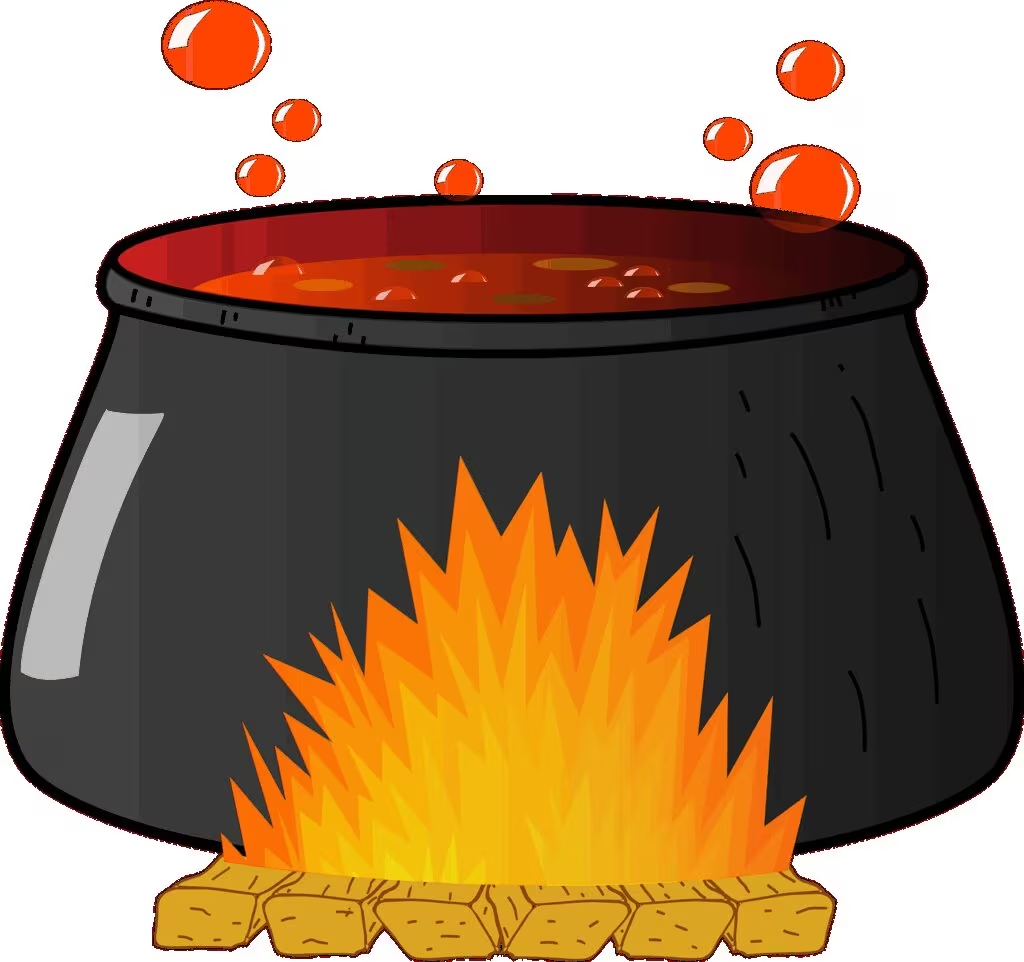The Paradox of Boiling Water: Understanding Superheating
It is a common kitchen observation: when water is heated on a conventional stovetop, tiny bubbles appear long before the water reaches a rolling boil, growing larger as the temperature rises. Yet, when heating water in a microwave oven, the liquid often appears deceptively still, sometimes reaching temperatures far exceeding the standard boiling point of 100°C (212°F) without a single bubble forming. This phenomenon is known as superheating, and it is not only a fascinating display of physics but also a significant safety hazard.
The difference lies not in the water itself, but in the method of heat delivery and the crucial role of microscopic imperfections known as nucleation sites.
Conventional Boiling: The Necessity of Nucleation Sites
When water is heated conventionally—whether on a gas burner, electric coil, or induction cooktop—the heat is applied externally and locally, typically at the bottom of the container. This creates a thermal gradient, meaning the water at the base is significantly hotter than the water at the surface.

For water to transition from liquid to gas (steam) and form a bubble, two conditions must be met:
- Temperature: The water must reach its boiling point (100°C at standard atmospheric pressure).
- Nucleation Site: There must be a microscopic irregularity—a tiny scratch, a dust particle, or a pocket of dissolved gas—that provides a surface where the water vapor can form and expand. These are the nucleation sites.
On a stovetop, the localized heat ensures the water at the bottom reaches 100°C first. The tiny imperfections on the base of the pot act as perfect nucleation sites, allowing the dissolved gases and water vapor to collect and form the familiar bubbles that rise to the surface.
The Microwave Difference: Uniform Heating and Thermal Stability
Microwave ovens operate using a fundamentally different principle. Instead of heating the container from the outside, microwaves penetrate the liquid and excite the polar water molecules throughout the volume simultaneously. This results in incredibly uniform heating with virtually no thermal gradient.
Because the heat is distributed evenly, the entire volume of water approaches the boiling point at the same time. If the container is perfectly smooth (like pristine glass or certain plastics) and the water is relatively pure, there are no localized hot spots and, critically, no surfaces to act as nucleation sites.
In the absence of these sites, the water molecules lack the necessary starting point to form vapor bubbles. The liquid remains in a stable, liquid state even as its temperature climbs past 100°C, entering the dangerous state of superheating.
The Role of Dissolved Gases
Another factor is the presence of dissolved gases, such as air. When tap water is heated conventionally, these dissolved gases are driven out and often form the first, smallest bubbles seen before the true boil begins. In a microwave, if the water is heated slowly enough, these gases may escape without forming visible bubbles, further reducing the chances of nucleation.
Critical Safety Warning: Preventing Superheated Water
Superheated water is highly unstable. While it appears calm and still, it holds a massive amount of latent energy. Any sudden disturbance can provide the necessary energy or surface irregularity to trigger instantaneous, explosive vaporization.
WARNING: Disturbing superheated water—by moving the container, bumping the mug, or adding a solid object like a tea bag, instant coffee, or a spoon—can cause the liquid to flash boil violently. The resulting steam and hot water eruption can cause severe, immediate burns to the face, hands, and body.
This risk is particularly high when using clean, smooth containers, such as new glass measuring cups or mugs, and when using distilled or filtered water that lacks impurities.

Practical Prevention Methods
Fortunately, preventing superheating is straightforward and relies on introducing the very elements the microwave process eliminates: nucleation sites.
To safely heat water in a microwave, always take these precautions:
- Use Non-Smooth Containers: Opt for ceramic mugs or older, scratched glass containers. The microscopic imperfections on these surfaces are usually sufficient to provide nucleation sites.
- Add an Object: Before heating, place a non-reactive object into the water. A wooden stirrer, a ceramic spoon, or a clean, non-metallic stir stick will provide the necessary surface for bubbles to form safely.
- Avoid Overheating: Heat the water in short bursts (e.g., 60 seconds at a time) rather than one long cycle, allowing the water to rest briefly between cycles.
- Never Use Distilled Water Alone: Distilled water is purer and lacks the dissolved minerals and impurities that can act as natural nucleation sites. If using distilled water, always add a stirrer or a pinch of salt before heating.
Key Takeaways: Stovetop vs. Microwave Physics
Understanding the difference between these two heating methods is essential for kitchen safety and appreciating basic thermodynamics. The presence or absence of bubbles is a direct indicator of the heating mechanism at play.
- Stovetop Boiling: Relies on conduction and convection, creating a thermal gradient. Bubbles form safely at the bottom due to localized heat and the presence of nucleation sites.
- Microwave Heating: Relies on dielectric heating, resulting in uniform heating throughout the volume. If nucleation sites are absent, the water can become superheated past its boiling point without visible bubbles.
- Safety Risk: Superheated water is unstable and can erupt violently upon disturbance, posing a serious burn risk.
- Prevention: Always introduce a non-metallic object (a stirrer or ceramic spoon) to provide a nucleation site when microwaving water.
Conclusion
The lack of bubbles in microwaved water is not a sign that the water is somehow different, but rather a testament to the efficiency and uniformity of microwave energy transfer. While conventional boiling provides visual cues (the rising bubbles) that signal the phase change safely, the microwave creates a thermally stable, yet physically dangerous, state. By understanding the critical role of nucleation sites, we can safely harness the convenience of the microwave without risking the explosive consequence of superheating.
Original author: Victoria Atkinson
Originally published: November 8, 2025
Editorial note: Our team reviewed and enhanced this coverage with AI-assisted tools and human editing to add helpful context while preserving verified facts and quotations from the original source.
We encourage you to consult the publisher above for the complete report and to reach out if you spot inaccuracies or compliance concerns.

